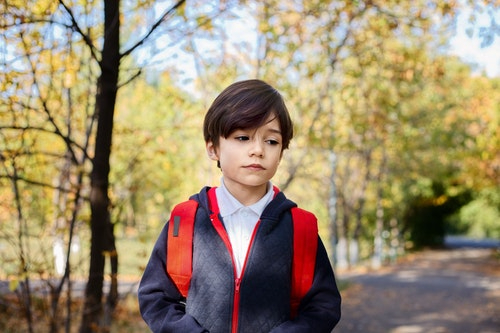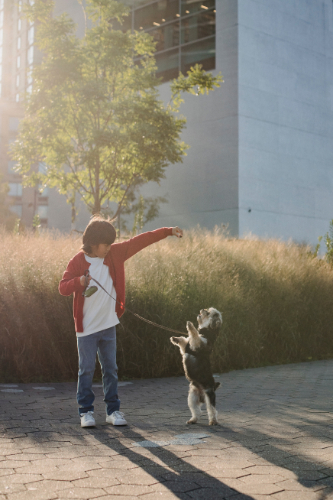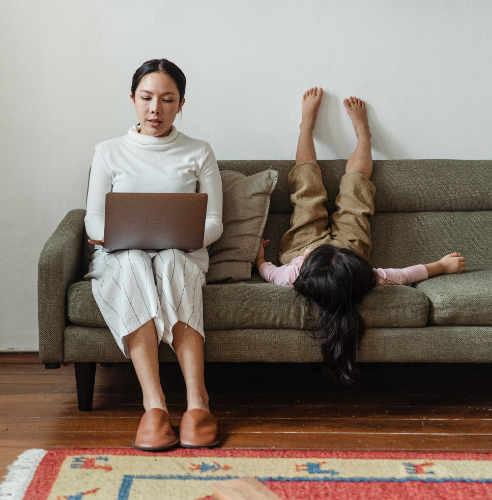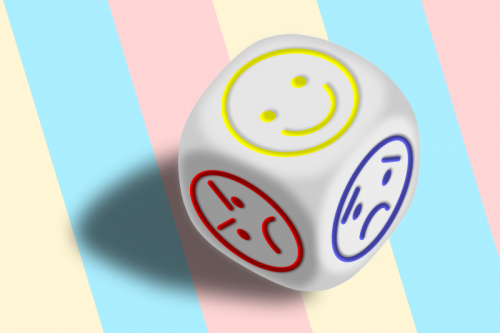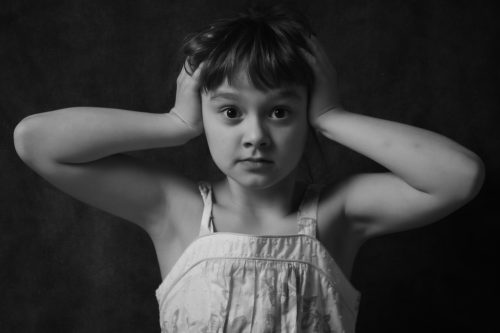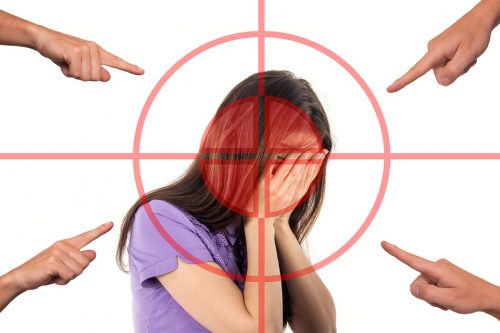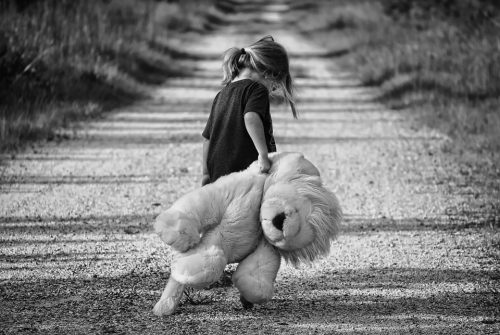When we talk about bipolar disorder, the image that typically comes to mind is that of an adult navigating the highs of mania and the lows of depression. However, this complex and challenging mental health condition does not discriminate by age, affecting not only adults but also children. In many children, bipolar disorder presents a unique set of challenges, one of the most significant being social isolation.
Helping depressed children with bipolar disorder starts by understanding the nuances of their condition — how it manifests, for example, and differentiating it from normal child behavior. It’s vital for parents and the other adults around that child to understand these things so that they can provide assistance and guidance to the child as they embark or teenage years and develop.
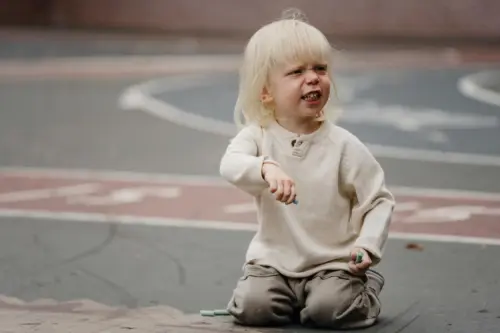
Source: pexels.com
Understanding Bipolar Disorder In Children
According to psychiatry experts, bipolar disorder in children, often referred to as pediatric bipolar disorder, is a mental health condition or illness characterized by significant mood swings that include emotional highs (mania or hypomania) and lows (depression). Unlike adults with bipolar disorder, children often exhibit a more nuanced and complex range of symptoms, which can lead to misdiagnosis or delay in treatment. According to the Cleveland Clinic, approximately 4% of children have bipolar disorder.
Research shows that one of the most critical distinctions between bipolar disorder in people living their best lives (such as adults and children) is the frequency and duration of diagnosed mood swings. Children and adolescents may experience mood shifts more rapidly and intensely, a phenomenon known as rapid cycling. These intense emotional states can be incredibly disorienting for a child, and they often have involved difficulty understanding or articulating their feelings.
Complicating matters further, bipolar disorder in children and teens often coexists with other mental health conditions, such as attention-deficit/hyperactivity disorder (ADHD), anxiety disorders, and conduct disorders. This overlap of symptoms can make it challenging to diagnose and treat bipolar disorder effectively in children. It’s also not unusual for a proper diagnosis to be withheld, making it more difficult to identify BPD in children, according to the NCBI.
There are also common misconceptions about pediatric bipolar disorder. The most common ones are:
- Children cannot have bipolar disorder; it’s an adult-only condition.
- Extreme mood swings in children are always just phases or typical tantrums, not signs of bipolar disorder in teens or children.
- Children with bipolar disorder are just acting out for attention and can control their behavior if they choose to.
- Bipolar disorder in children is the result of poor parenting or a problematic home environment.
Such misconceptions not only undermine the severity of the condition but also contribute to the stigma surrounding it, making it harder for children and their families to seek help.
The Impact Of Bipolar Disorder On Social Interactions
The effects of bipolar disorder on a child’s ability to interact socially are profound. During manic phases, children may exhibit behaviors that seem aggressive, overly confident, or risky. They might talk rapidly, have a reduced need for sleep, or engage in impulsive behavior. In contrast, during depressive phases, they may withdraw from social interactions, exhibit low energy, feel hopeless, and show little interest in activities they once enjoyed. These oscillating behaviors can be confusing and alarming to a friend, leading to misunderstandings and social rejection.
Furthermore, the unpredictability of mood swings can make it difficult for these children to maintain consistent relationships. Their peers might find it challenging to understand or relate to their rapidly changing emotions and behaviors, leading to a breakdown in communication and empathy. This dynamic often leaves children with bipolar disorder feeling misunderstood, isolated, and alone.
Social Isolation: Causes And Consequences
Social isolation is a difficult lived experience in children with bipolar disorder that stems from a complex interplay of factors. The erratic nature of the disorder itself is a primary cause. Children may feel alienated due to their different emotional and behavioral patterns, making it challenging for them to explore and fit in with peers. The stigma associated with mental health disorders further aggravates this isolation, as it can lead to misunderstanding and judgment from others, including peers, educators, and even family members.
The consequences of social isolation of bipolar kids are extensive and can include:
- Emotional issues: Higher risk of low self-esteem, increased anxiety, and deepening depression.
- Academic performance: Lack of peer support and engagement can lead to decreased motivation and concentration.
- Physical health: Stress associated with isolation may cause sleep disturbances and a weakened immune system.
- Long-term implications: Challenges in forming and maintaining peer relationships, potential academic failure, and an increased risk of substance abuse in later life.
Unfortunately, social isolation can exacerbate the symptoms of BPD, creating a downward spiral.
Strategies For Parents And Caregivers
As a parent, we need to take an active role in caring for kids with BPD. The first step is to recognize the signs of isolation, which can include:
- A lack of interest in social activities
- Withdrawal from friends and family
- Changes in sleeping and eating habits
- A decline in academic performance.
After identifying these signs, the focus should shift to creating a nurturing home environment. Parents need to foster open communication where the child can share their feelings and experiences without judgment.
Encouraging positive social interactions is key, and this can involve several strategies:
- Organizing activities where the child feels comfortable and accepted.
- Collaborating with the child to find hobbies or interests that promote social engagement.
- Encouraging participation in clubs or sports teams that align with the child’s interests and abilities.
- Find a balance between encouraging social interaction and respecting the child’s individual comfort and needs.
It can also be beneficial if parents or caregivers establish a routine. This can offer stability and predictability for children with bipolar disorder. A consistent daily schedule, including set times for meals, homework, leisure, and sleep, can help in mood regulation and lay the groundwork for healthier social interactions.
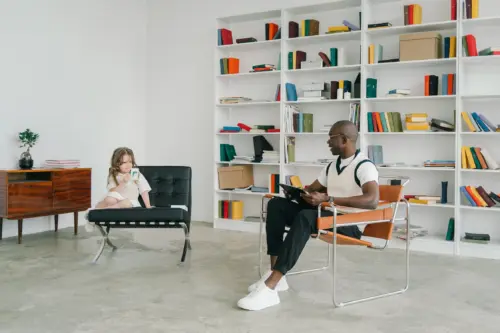
Source: pexels.com
Role Of Schools And Community
Schools are important in shaping the social development of children with bipolar disorder. It is vital to foster an inclusive and understanding educational atmosphere. Raising awareness about BDP equips our teachers and school admin with the knowledge to effectively support and understand these students. By doing so, this can enhance their educational experience.
Classroom accommodations, such as providing a quiet space for the child to regroup during overwhelming moments or allowing extra time for assignments during depressive episodes, can be immensely helpful.
Community engagement plays an important role in addressing bipolar disorder, especially in children. By implementing awareness programs and promoting social skills workshops, we can significantly diminish the stigma linked to BPD. We can then nurture a sense of empathy and support among peers and community members.
Building awareness among peers is another important step. Educating classmates about bipolar disorder in an age-appropriate manner can foster empathy and understanding. This education can take the form of classroom discussions, bringing in mental health care professionals for talks, or engaging in school-wide mental health awareness campaigns.
The Importance Of Professional Intervention
Recognizing The Need For Professional Help
Parents and caregivers play a pivotal role in identifying when a child may need mental health professional support. It’s essential to observe the child’s behavior and mood patterns to determine if they are experiencing more than just typical childhood ups and downs.
Indicators For Seeking Professional Support
Some key indicators include significant disruptions in the child’s daily life due to mood swings, severe social withdrawal, or any behavior that poses a danger to themselves or others. Early intervention can lead to more effective management of the disorder.
Psychotherapy Options
Cognitive-Behavioral Therapy (CBT)
CBT is a widely used therapy option for children with bipolar disorder. It helps children understand their symptoms and develop strategies to manage them. CBT focuses on altering negative thought patterns and behaviors and replacing them with healthier coping mechanisms.
Family Therapy
Family therapy is another vital aspect of treatment. It involves the entire family in the therapeutic process, educating them about the disorder and how to support the child effectively.
Enhancing Social Skills
Social Skills Training Programs
These programs are designed to help children develop essential skills for positive social interactions. They cover aspects like conversation techniques, understanding social cues, and managing emotions in social settings.
Group Therapy
Group therapy provides a supportive environment where children can interact with peers facing similar challenges. It helps reduce feelings of isolation and stigma associated with the disorder.
Medication As A Treatment Option
Approaching Medication with Caution
While medication can be an integral part of treatment, it’s approached with caution in children. The effects of medication on a child’s mood, behavior, and overall well-being need to be closely monitored.
Types of Medications Used
Common medications include mood stabilizers, antipsychotics, or antidepressants. Each medication has its specific indications and potential side effects, which must be carefully considered.

Source: pexels.com
Empowering Children With Bipolar Disorder
Empowerment involves helping a child with bipolar disorder learn to manage and handle themselves while also teaching them to communicate well with other people. Building their confidence is usually a great starting point. Encourage them to participate in activities that let them showcase their strengths. For parents: set goals for your child to achieve, and celebrate with them whenever they meet those goals.
The core of building resilience in a child with BPD is to teach them coping strategies to manage the times when their moods change. Some great strategies are:
- Mindfulness practices
- Relaxation techniques
- Regular physical activity and exercise
- Creative arts
It’s generally a good idea to encourage a child with BPD to try advocating for themselves. Let them know that it’s safe to communicate and talk about how they’re feeling, especially regarding their condition. Learning how to communicate their needs and talk about their condition helps them seek support when they need it, especially when they become adults. It is vital that they have a balanced mind foundation with these stress reduction techniques.
Wrapping Up
Children with BPD face several challenges — especially in their social lives. However, there is hope: there are many strategies and resources available for them to use so that they can live fulfilling and happy and fulfilling lives alongside their disorder. However, it’s important for the people around them, such as their parents and teachers, to assist them in making use of these resources.
Frequently Asked Questions (FAQs)
Does bipolar cause social isolation?
What are the bad coping mechanisms for bipolar people?
Do people with bipolar disorder have trouble socializing?
What were bipolar people like as children?
Does isolation make bipolar worse?
Why do bipolar people isolate?
Does bipolar get worse with age?
What makes bipolar worse?
Why do bipolar say hurtful things?
Is it hard for a bipolar person to keep friendships?
Do bipolar people remember what they say?
What are the odd behaviors of bipolar people?
What is the first red flag of bipolar disorder?
Can bipolar people act childish?
How does a child with bipolar act?
How to deal with bipolar kids?
At what age does bipolar show up in children?
What happens to kids with bipolar parents?

